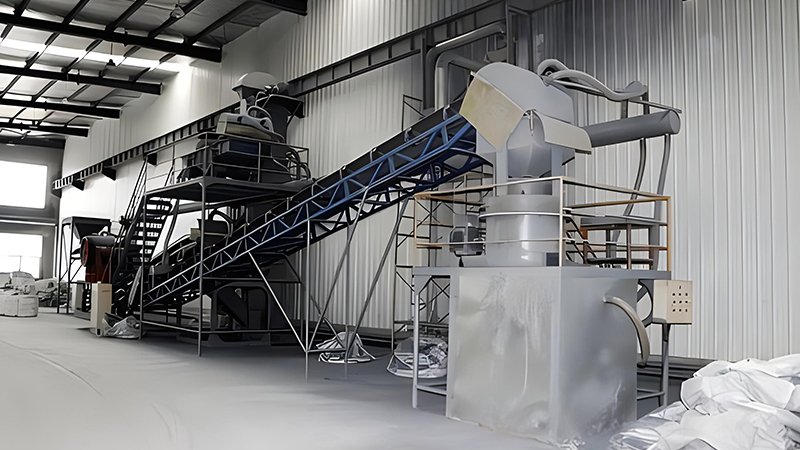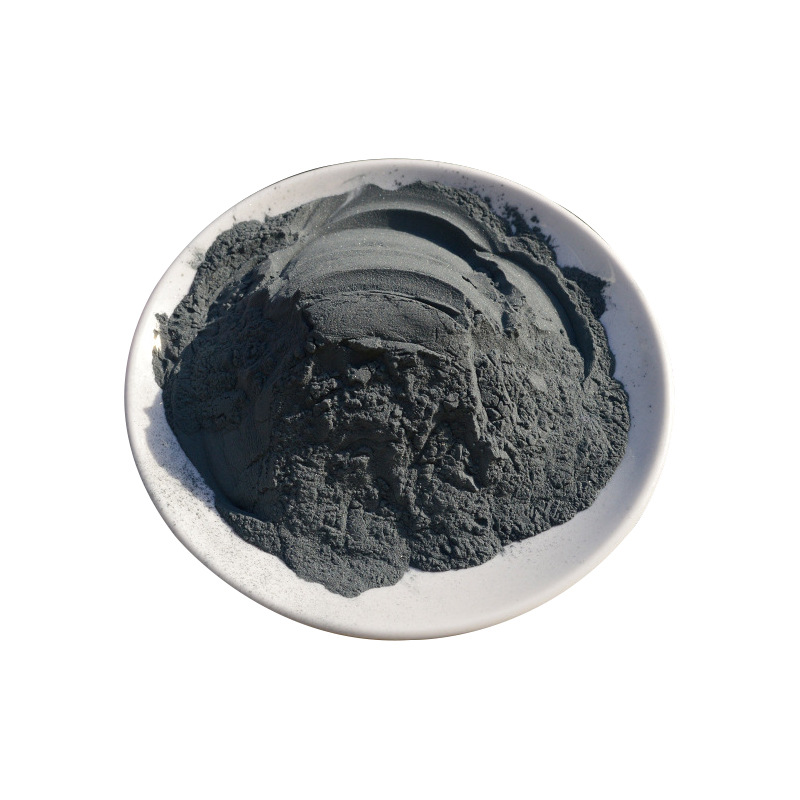Manufacturing process of silicon carbide
To prepare SiC products, the first step is to prepare SiC smelting blocks (also known as SiC particle materials, which were once called diamond sand because they contain C and are superhard. However, it should be noted that their composition is different from natural diamond sand (garnet). In industrial production, SiC smelting blocks are usually made from quartz, petroleum coke, and other raw materials, assisting in the recovery of materials and waste materials. After grinding and other processes, they are mixed into furnace materials with a reasonable ratio and appropriate particle size (in order to adjust the permeability of the furnace materials, an appropriate amount of wood chips need to be added, and an appropriate amount of table salt needs to be added when preparing green silicon carbide), which are prepared at high temperatures. The thermal process for preparing SiC smelting blocks at high temperatures The equipment is a specialized silicon carbide electric furnace, which is composed of a furnace bottom, an end wall with electrodes embedded on the inner surface, a detachable side wall, and a furnace core body (full name: the electrically heated body at the center of the electric furnace, usually installed in a certain shape and size with graphite powder or petroleum coke at the center of the furnace material, usually circular or rectangular. Its two ends are connected to the electrodes). The firing method used in this electric furnace is commonly known as buried powder firing. When it is energized, heating begins, and the temperature of the furnace core body is about 2500 ℃, or even higher (2600-2700 ℃) When the furnace material reaches 1450 ℃, SiC synthesis begins (but SiC is mainly formed at ≥ 1800 ℃) and CO is released. However, when the temperature is ≥ 2600 ℃, SiC will decompose, and the decomposed Si will then react with C in the furnace charge to form SiC. Each group of electric furnaces is equipped with a set of transformers, but during production, only a single electric furnace is powered to adjust the voltage according to the characteristics of the electrical load to maintain a constant power. High power electric furnaces need to heat for about 24 hours, and after a power outage, the reaction of generating SiC is basically completed. After a period of cooling, the side walls can be removed, and then the furnace material can be gradually removed. [10]
After high-temperature calcination, the furnace materials from the outside to the inside are: unreacted materials (which act as insulation in the furnace), silicon oxycarbide (semi reactive materials, mainly composed of C and SiO), binder layer (which is a tightly bonded material layer, mainly composed of C, SiO2, 40% to 60% SiC, and carbonates of Fe, Al, Ca, Mg), amorphous layer (mainly composed of 70% to 90% SiC, and cubic SiC) β- Sic, the rest are carbonates of C, SiO2, and Fe, A1, Ca, and Mg, the second grade SiC layer (mainly composed of 90% to 95% SiC, which has formed hexagonal SiC, but the crystals are small and fragile, and cannot be used as abrasives), the first grade SiC (with a SiC content of<96%, which is a coarse crystal of hexagonal SiC, i.e. α - SiC), and the furnace core graphite. In the above layers of materials, unreacted materials and a portion of the silicon carbide layer material are usually collected as waste materials. Another part of the silicon carbide layer material is collected together with amorphous materials, secondary products, and some bonding materials as return furnace materials. Some bonding materials that are tightly bonded, large in size, and have many impurities are discarded. The first grade product, on the other hand, undergoes grading, coarse crushing, fine crushing, chemical treatment, drying and screening, and magnetic separation to become black or green SiC particles of various particle sizes. To produce silicon carbide micro powder, it needs to go through a water selection process; To make silicon carbide products, it is necessary to go through the process of forming and sintering.








